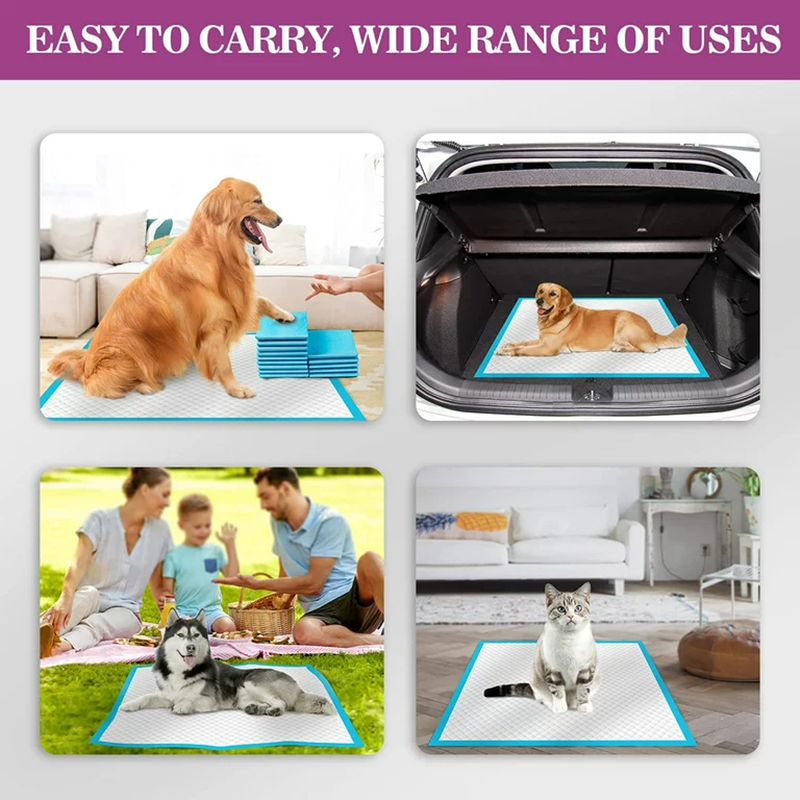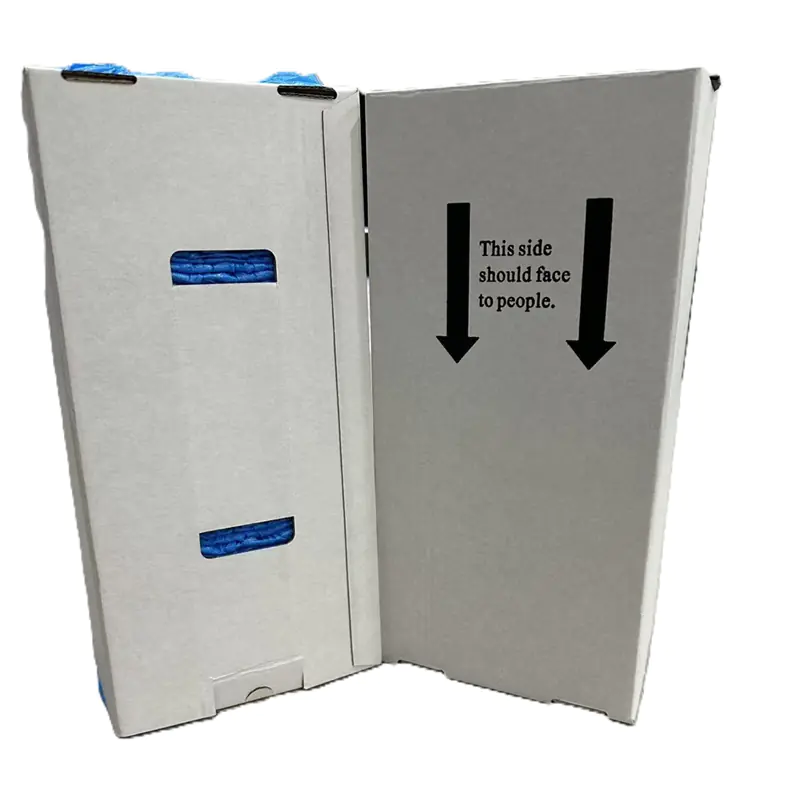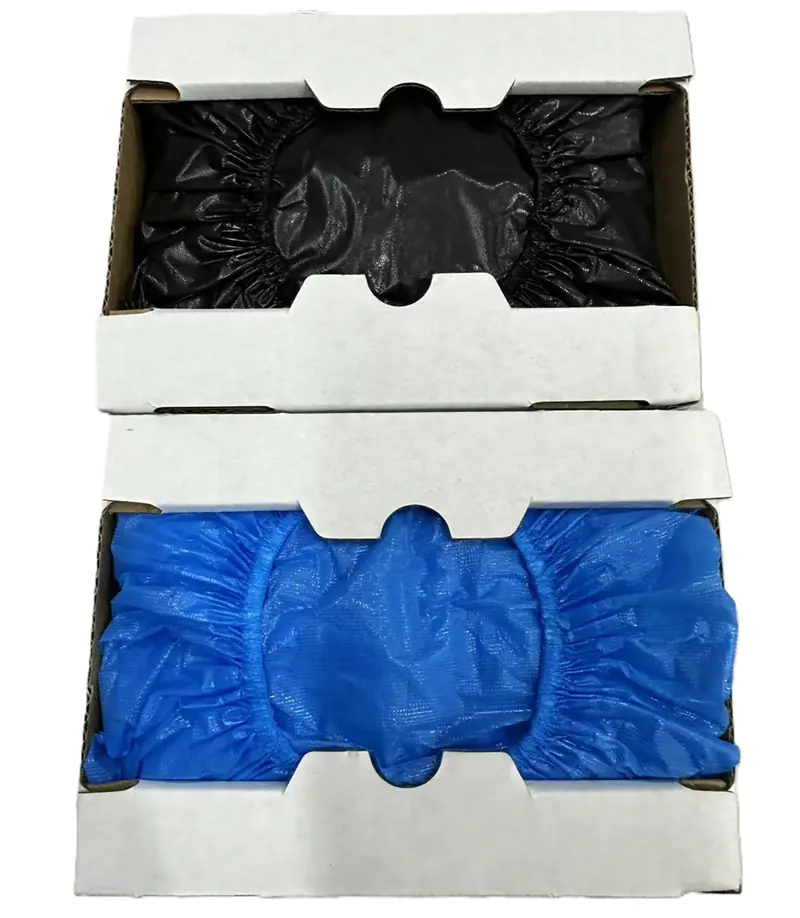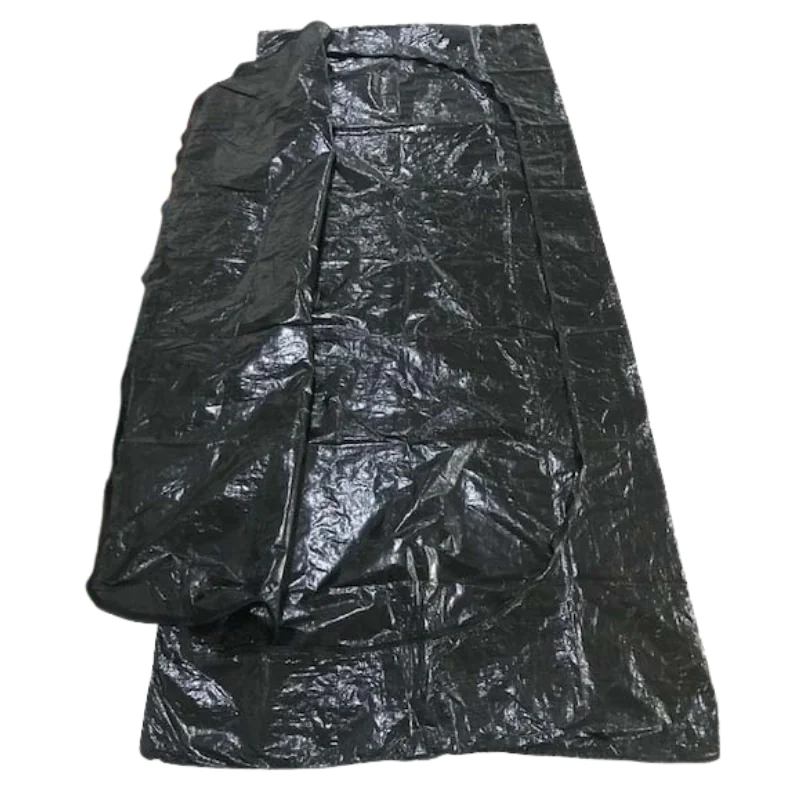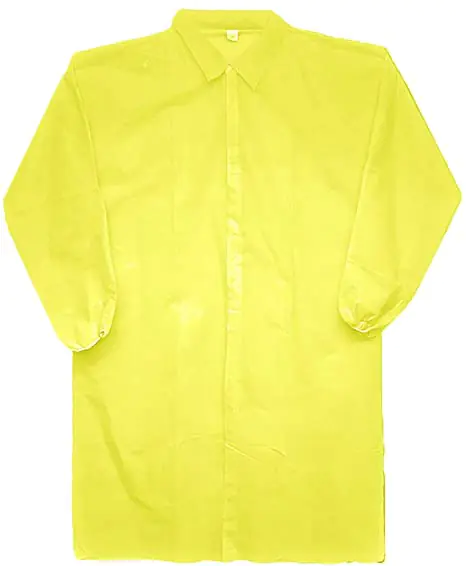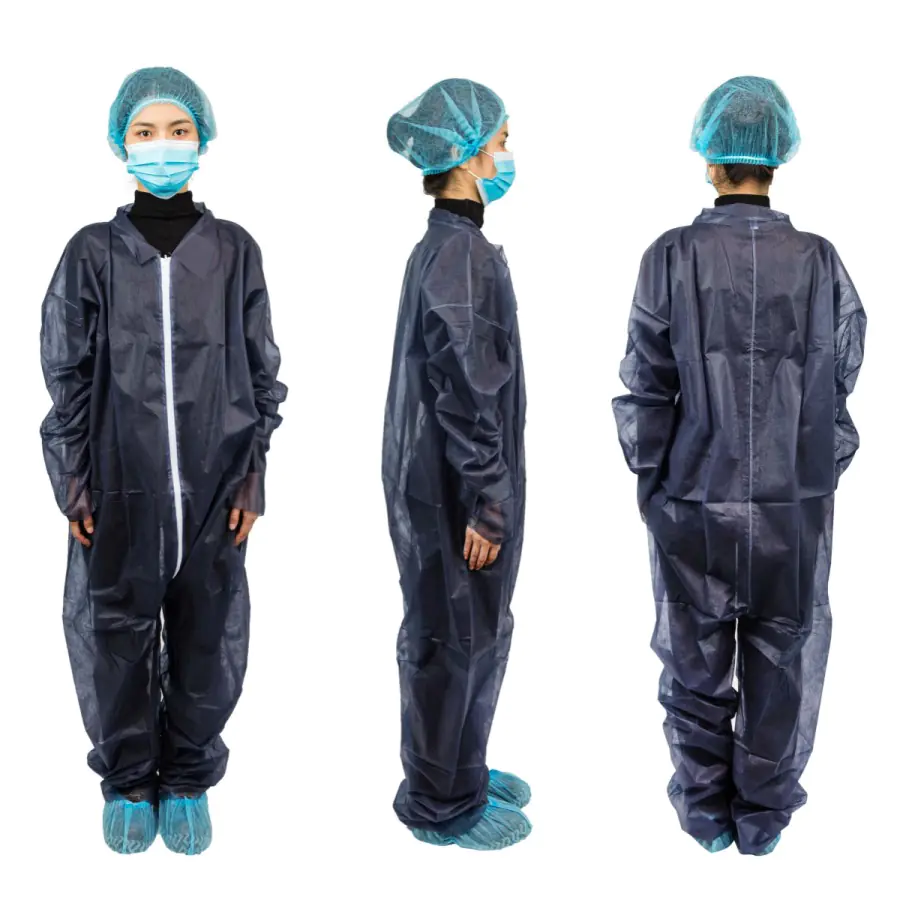Dog pee pads make house training simple and clean. This guide shows how to use dog pee pads step by step. It works for a puppy and for an adult dog. Keep it calm, clear, and consistent. Use positive reinforcement every time.
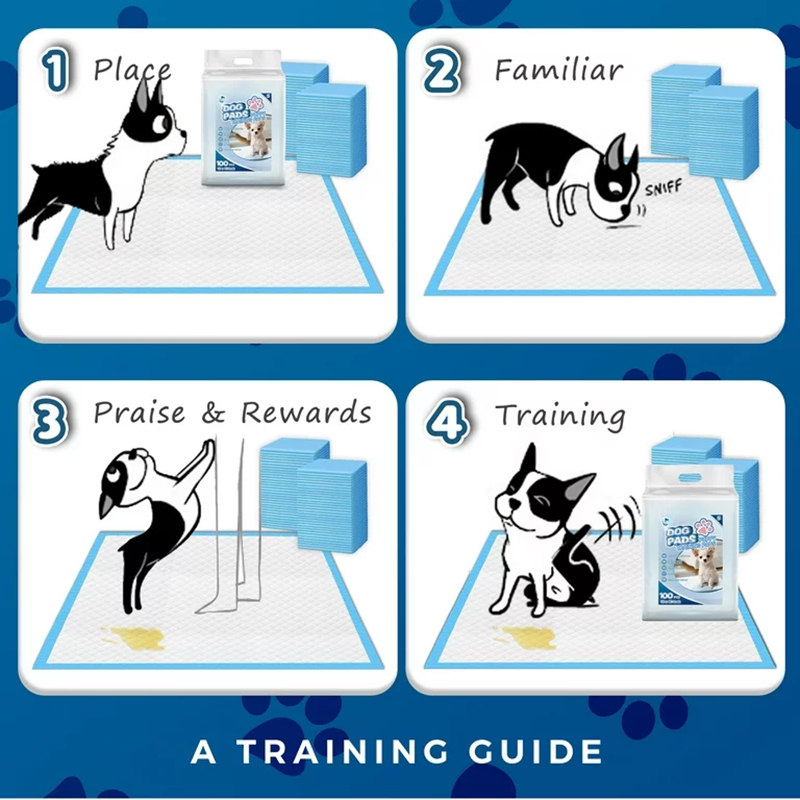
What is a dog pee pad
A dog pee pad is a flat, absorbent, leak‑proof pad. It traps liquid and helps with odor control. It is great for indoor potty training, bad weather, travel, or small spaces.
For large mess support, you can also look at backup layers:
- Big coverage: extra large disposable bed pads
- Stay‑put corners: bed pads with adhesive strips
- Thin shield under the main pad: disposable underpad sheet
- Protect sofas or carpets: Plastic Mattress Protector
Set up the pee pad zone
Pick one place and use it every time.
- Choose a quiet corner away from food and bed.
- Put the dog pee pad flat, with no folds.
- Keep two pads ready for fast swaps.
- For smooth floors, use pads with adhesive strips to stop sliding.
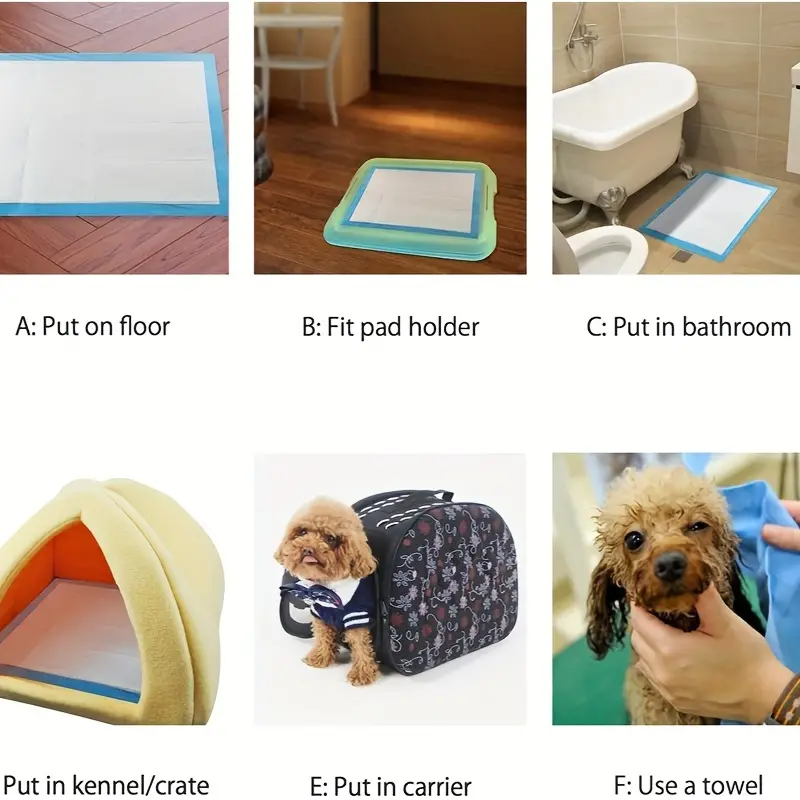
Make a simple schedule
Dogs learn with a steady plan. Take your dog to the pad:
- After waking up
- After meals and water
- After play
- Before bed
- Every 2–3 hours for a puppy (longer for an adult dog)
Set phone alarms. Consistency is key.
Guide your dog to the pad
Use a short cue like, “Go potty.”
- Walk your dog to the pad on leash.
- Stand still and wait quietly.
- Do not distract with toys at this time.
- If your dog tries to leave, gently guide back to the pad.
Reward right away
The reward teaches fast.
- The second your dog finishes, say “Yes!” and give a small treat.
- Praise with a warm voice and light petting.
- Keep treats ready near the pad.
- No scolding for misses. Clean and try again.
Clean up and control odor
Good cleanup keeps training on track.
- Fold used pads inward to trap mess.
- Toss in a lined bin with lid.
- Wipe the floor if needed. Dry it well.
- If your dog misses, clean the spot so the smell does not draw them back.
A thin disposable underpad sheet under the pad adds a safety layer. It helps with big spills and keeps floors dry.
Use a crate or a play pen
For puppy breaks or when you are busy:
- Make a small play pen with the dog pee pad at one end.
- Bed, water, and toys at the other end.
- Take your dog to the pad on your schedule for real practice.
Move the pad over time
Want to go outdoors later? Use gradual transition.
- Move the pad a little closer to the door each day.
- When it reaches the door, place a pad just outside.
- Keep the same cue and reward steps.
- Fade the pad when your dog uses the yard on schedule.
Common mistakes to avoid
- Too many pad spots. Use one place.
- Long gaps between breaks.
- Late rewards. Praise within two seconds.
- Strong scents near the pad. Keep it neutral.
- Getting upset. Stay calm and reset.
Tips for special cases
- Small dogs and seniors may need more breaks.
- On rainy days, add a backup layer under the pad.
- For big dogs or heavy output, use larger, more absorbent pads. Try extra large disposable bed pads.
- Stop pad slip with bed pads with adhesive strips.
- Protect soft furniture with a Plastic Mattress Protector.
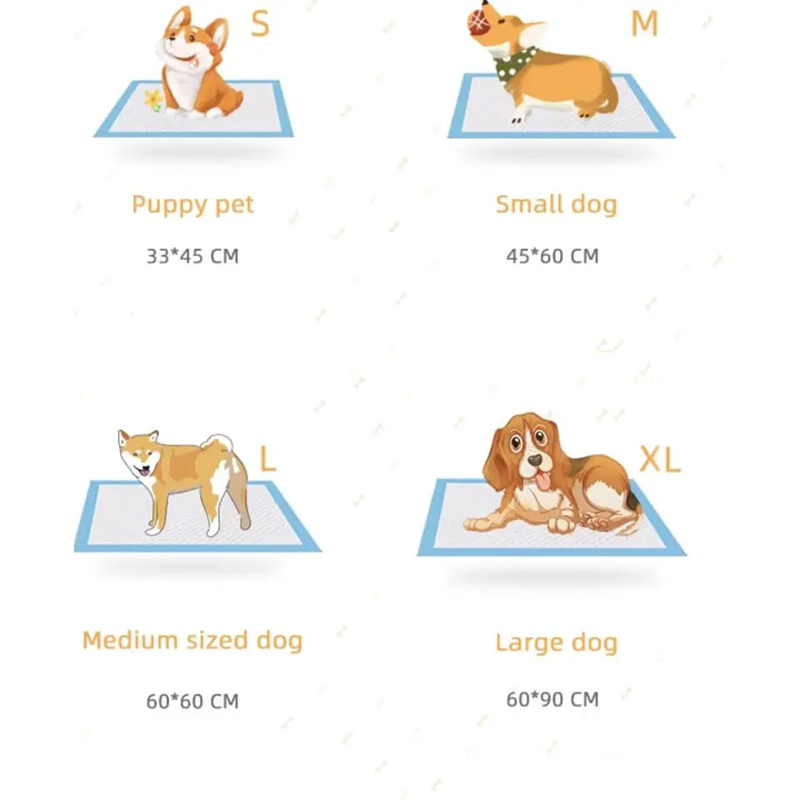
Final note
How to use dog pee pads comes down to placement, schedule, guidance, and rewards. Keep sessions short. Praise quick wins. Clean well. With time and consistency, your puppy or adult dog will learn to use the dog pee pad with confidence.

